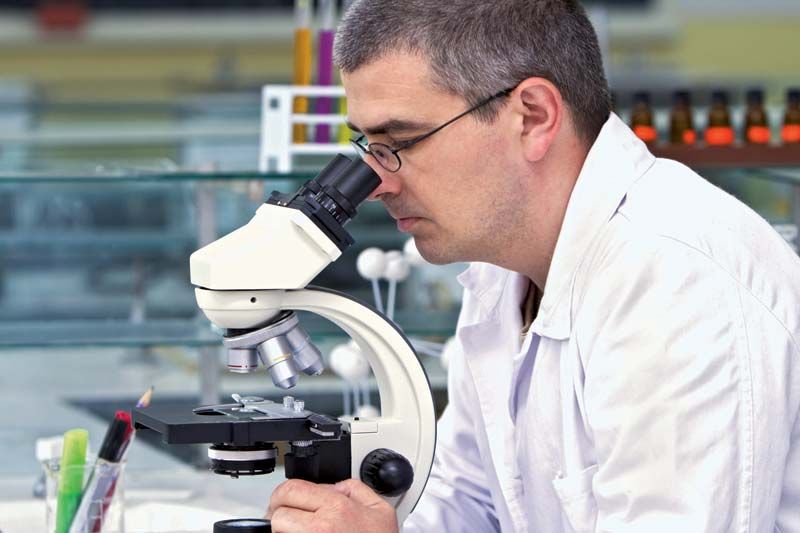@YoursTrue, I've read all the way through this thread, and I'm not even slightly surprised that you are confused.
Guys, the problem is that when she starts to get some concept, you immediately say something like "Yes, that close but it's not exactly correct", then go off into a complicated description of all the exceptions that exist.
@YoursTrue is not studying for a PhD in biology. A good general overview would be a remarkable result. I know what's happening here, and it's good in other contexts. A scientist will recognize that a particular, fairly simplified definition of something is not totally accurate and will strive to define it in more detail. It's something I share so I'm not criticizing. If your audience is a beginner trying to grasp the basics though, it's counter productive. All you do is confuse the unfortunate person.
@YoursTrue, I recommend going for an understanding of the basic concepts of evolutionary theory without diving too deeply into the details. Gene pools are an example of something you could never get to and still understand evolution at a layman's level reasonably well. I would recommend Dawkins' book
The Selfish Gene. It's all explained in simple terms and it gave me a great start in understanding the subject. Then, if you still want to, investigate some particular points that you find puzzling.

